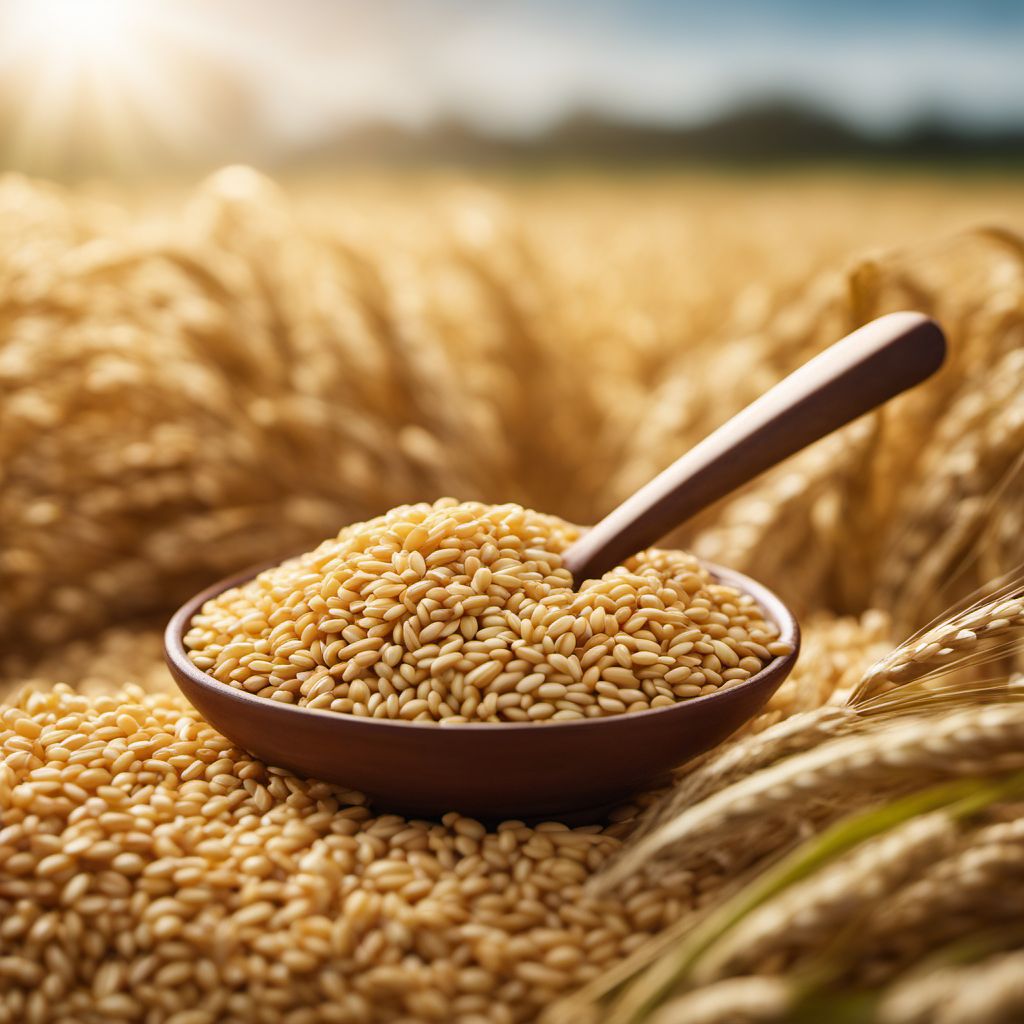
Ingredient
Barley flavour
The Versatile Grain: Barley
Barley flavour is characterized by its nutty and earthy taste, with a chewy texture that adds depth to soups, stews, and salads. It is often used as a base for malt beverages and provides a distinct flavor to baked goods.
Origins and history
Barley has been cultivated for thousands of years and has its origins in the Fertile Crescent. It has played a significant role in various ancient civilizations, including the Egyptians and Greeks, and continues to be a staple in many cuisines around the world.
Nutritional information
Barley flavour is a good source of dietary fiber, vitamins, and minerals. It is low in fat and cholesterol, making it a healthy addition to a balanced diet.
Allergens
Barley flavour does not contain any known allergens.
How to select
When selecting barley flavour, look for intact grains that are plump and have a pearlescent sheen. Avoid any grains that appear discolored or have a musty smell.
Storage recommendations
To maintain the freshness of barley flavour, store it in an airtight container in a cool, dry place. It can also be stored in the refrigerator for extended shelf life.
How to produce
Barley flavour can be grown in your backyard or garden with proper soil preparation and regular watering. It requires full sun and moderate temperatures to thrive.
Preparation tips
Barley flavour can be cooked by boiling it in water or broth until tender. It can be used as a side dish, added to soups and stews, or used as a base for salads. Toasting barley before cooking enhances its nutty flavor.
Culinary uses
Barley flavour is commonly used in soups, stews, pilafs, and salads. It is also a key ingredient in beer and whiskey production, providing flavor and fermentable sugars.
Availability
Barley flavour is widely available in grocery stores and supermarkets worldwide.
More ingredients from this category » Browse all

Red fruit flavour
The Essence of Red Fruits

Macadamia flavour
"The Nutty Elixir: Unveiling the Delightful Macadamia Flavor"

Artichoke flavour
"The Delicate Essence: Exploring the Subtle Flavors of Artichoke"

Citron flavour
Zesty Essence: Citron Flavour

Prune flavour
The Rich and Velvety Prune Flavor

Wild berry flavour
Bursting with Nature's Delight: Exploring the Wild Berry Flavor

Peanut butter flavour
Nutty Bliss: Exploring the World of Peanut Butter Flavor

Cassis flavour
The Enchanting Essence of Blackcurrant

Curry flavour
The Magic of Curry: Unleashing Flavors

Fruits of the forest flavour
Enchanting Blend: Unveiling the Fruits of the Forest

Lime flavour
The Zesty Elixir: Exploring the Essence of Lime

Bourbon flavour
The Rich and Robust Essence of Bourbon